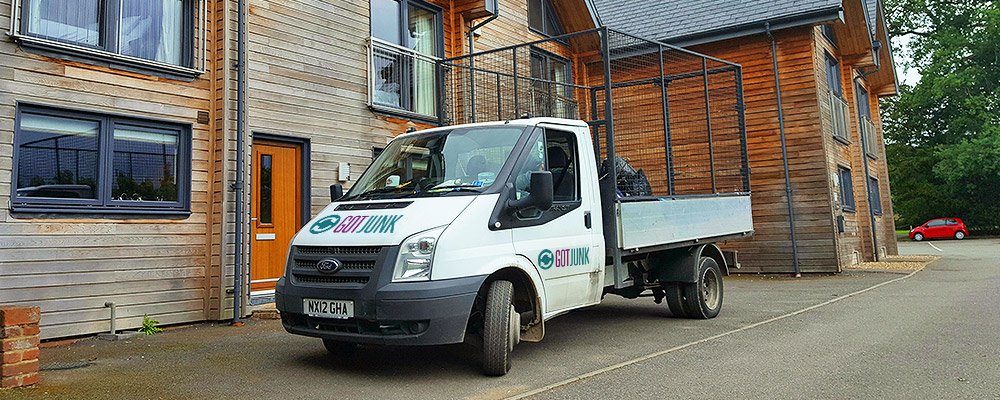Renewable Power from Plastic Waste
Posted on 03/07/2025
The transition towards renewable energy sources is becoming increasingly important as the world grapples with the escalating environmental challenges. Among the myriad of potential solutions, the conversion of plastic waste into renewable energy stands out as a remarkably innovative approach. This article delves into the fascinating realm of renewable power from plastic waste, exploring its benefits, challenges, and future possibilities.
The Growing Problem of Plastic Waste
Plastic waste is a global epidemic. Each year, millions of tons of plastic are produced and discarded, often ending up in our oceans and landfills. This not only contributes to pollution but also poses significant threats to wildlife and human health. The alarming increase in plastic waste calls for immediate and effective solutions.

The Process of Converting Plastic Waste to Energy
The process of converting plastic waste into energy involves several advanced technologies. One of the most common methods is pyrolysis. Pyrolysis is a thermochemical decomposition of organic material at elevated temperatures in the absence of oxygen. It converts plastic waste into valuable products such as fuel oil, syngas, and char.
Another notable technique is gasification, which transforms plastic into a gas mixture called syngas. This syngas can be further processed to generate electricity or produce hydrogen, which is a clean fuel.
Advantages of Using Plastic Waste for Energy
1. Reduces Plastic Pollution: Transforming plastic waste into energy significantly reduces the amount of plastic that ends up in the environment.
2. Energy Generation: The process generates substantial amounts of energy that can be harnessed for various applications, reducing dependency on fossil fuels.
3. Economic Benefits: Developing facilities for converting plastic waste to energy can create job opportunities and stimulate economic growth.
4. Resource Recovery: Recovering resources from plastic waste promotes a circular economy, where materials are reused and recycled.
The Challenges and Drawbacks
1. Technological Complexity: The technology for converting plastic waste to energy is still evolving and can be complex and costly.
2. Emission Concerns: Some processes may produce greenhouse gases or toxic substances if not properly managed.
3. Initial Investment: Setting up the necessary infrastructure and facilities requires significant initial investment.
4. Public Perception: There might be public resistance due to concerns over emissions and the safety of the technology.
Tips for Supporting Plastic-to-Energy Initiatives
1. Support Policies: Advocate for policies that support research and development in plastic-to-energy technologies.
2. Reduce Plastic Usage: Minimize the use of single-use plastics to reduce the amount of waste generated.
3. Educational Campaigns: Organize or participate in educational campaigns to raise awareness about the benefits of converting plastic waste to energy.
4. Recycling Programs: Participate in and support recycling programs that aid in the separation and collection of plastic waste.

Takeaways
Converting plastic waste into renewable energy is an innovative and promising solution to the growing plastic pollution problem. It offers multiple benefits, including energy generation, pollution reduction, and economic advantages. However, it also poses challenges, such as technological complexity and emission concerns. Public support, effective policies, and ongoing research are crucial for overcoming these challenges and fully realizing the potential of this technology.
Conclusion
The prospect of generating renewable power from plastic waste symbolizes a beacon of hope in the fight against pollution and climate change. While the challenges cannot be overlooked, the potential benefits make it a worthy endeavor. As technology advances and societal support grows, converting plastic waste into renewable energy could play a pivotal role in creating a sustainable future. Through consistent efforts in innovation, policy support, and public participation, this dream can become a reality, paving the way for a cleaner, greener planet.





